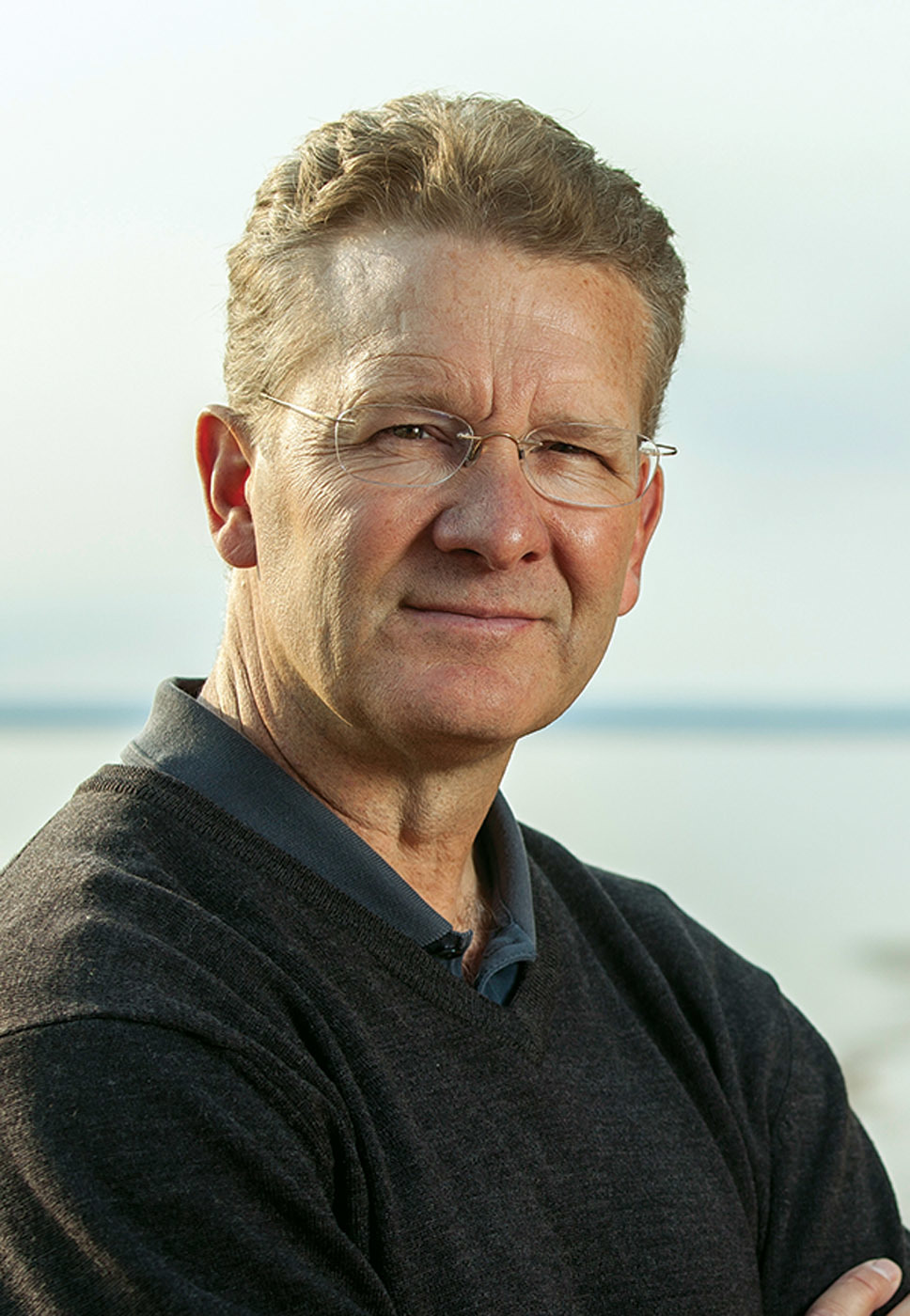Water Diversions Are so Last Century. The Focus Has Turned Toward Reuse and Conservation
WateReuse Symposium keynote speaker sees a trend away from water diversion projects and a movement toward reuse, desalination and conservation to resolve scarcity issues.
Popular Stories
Discussion
Comments on this site are submitted by users and are not endorsed by nor do they reflect the views or opinions of COLE Publishing, Inc. Comments are moderated before being posted.






